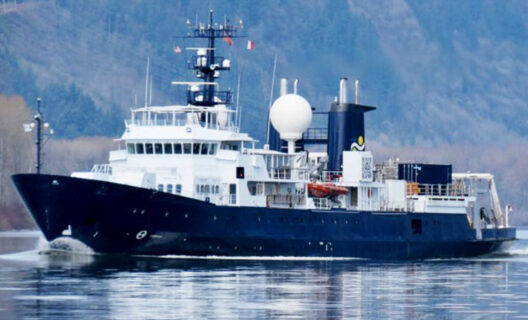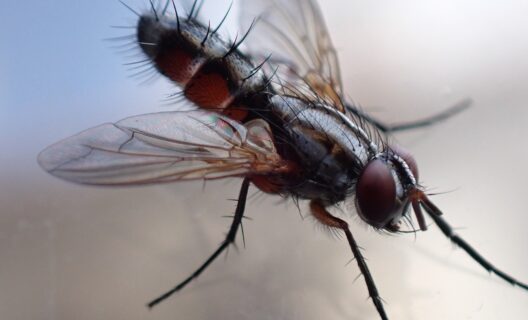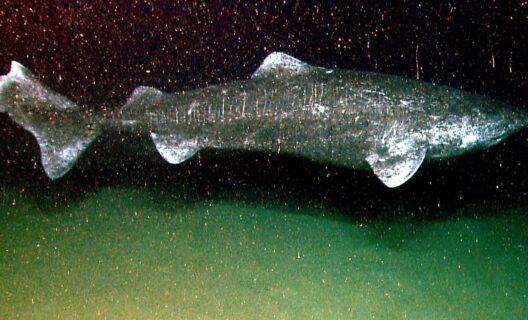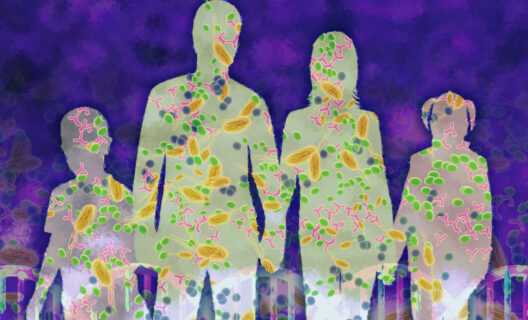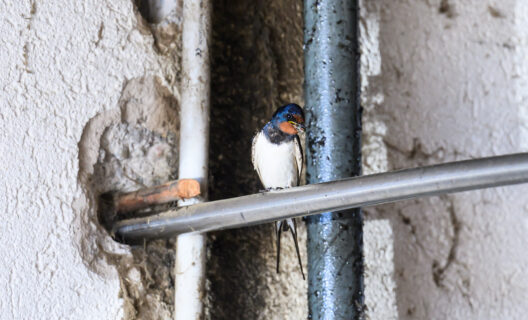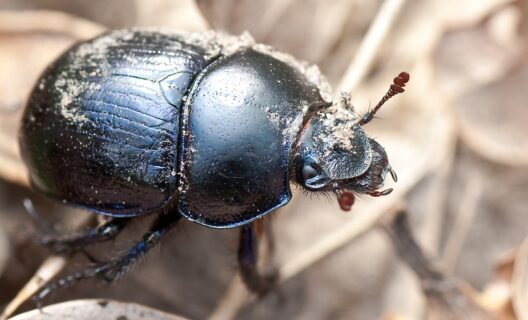
Plant biodiversity, coming soon online
Reading time
0 min
Digitization of more than four million botanical specimens will be available by 2025
Millions of artifacts digitized and soon online, available to botanists and enthusiasts around the world. This is the goal of the nearly 7million euro funded project promoted byNBFC (Italy’s first biodiversity research center supported by PNRR – Next Generation) that will make plant treasure available by 2025.
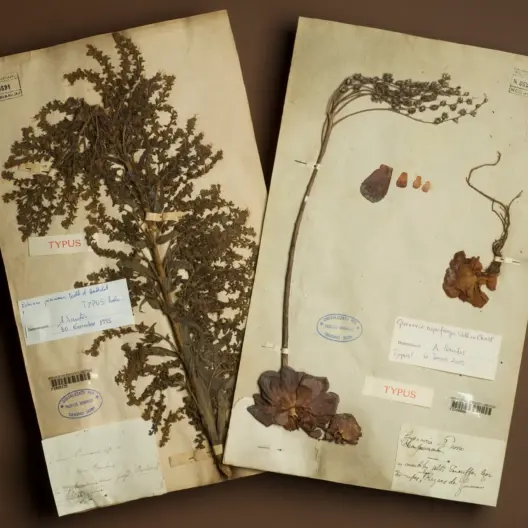
Credits: University of FlorenceUniversità di Firenze
The Central Italian Herbarium of the University of Florence Museum of Natural History-the largest in the country and one of the ten most important in the world-is composed of several sections. A first, thePhanerogamic Herbarium, preserves specimens of seeded plants; a second, theCryptogamic Herbarium, contains organisms without flowers and seeds such as mosses, ferns, algae, fungi and lichens.
Also part of the Herbarium are a vast repository containing hundreds of thousands of specimens that have still been little or never studied, and some of the most important historical botanical collections in Italy. These include the private collection of botanist and naturalist Philip Barker Webb (1793-1854), whose 250,000 specimens from every area of the world still make it one of the most consulted herbaria.
This extraordinary and gigantic archive consists of sheets of paper. On each one is stored a dried plant specimen accompanied by a label, which shows its name, date and place of collection, and the name of the collector.
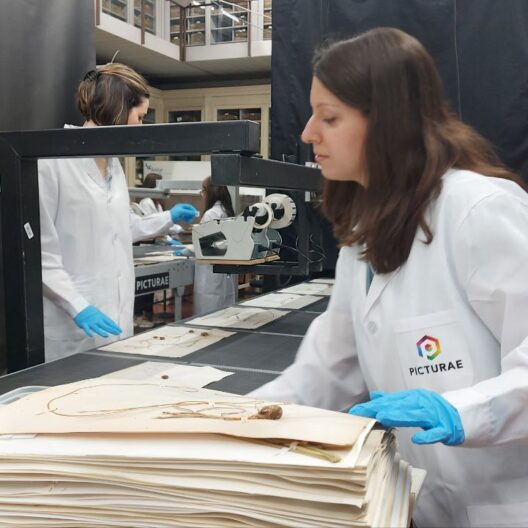
Credits: University of Florence / NBFCUniversità di Firenze / NBFC
These data, derived from centuries of scientific research and exploration, are indispensable sources for both the study of our planet’s biodiversity and the study of climate change.
Using technology provided by a world-profile company, Picturae, each individual sheet is placed on a conveyor belt and then, thanks to a high-definition photographic apparatus, scanned. The resulting amount of information is substantial (10 thousand to 12 thousand samples can be digitized each day): once the practical operations are finished, the collected data are entered into a huge database to which other European universities are already collaborating.
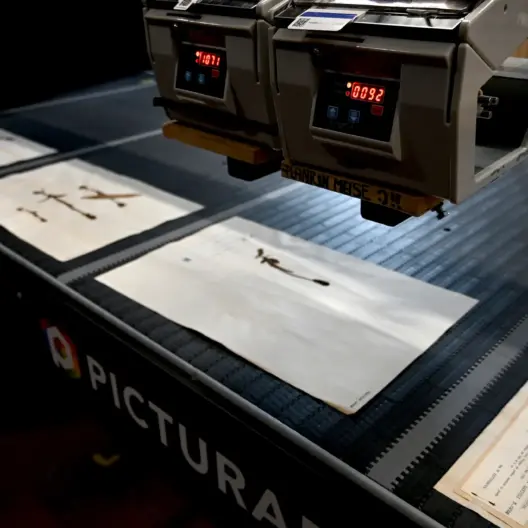
Credits: University of Florence / NBFCUniversità di Firenze / NBFC
The goal is to digitize 4million 200 thousand specimens by the end of August 2024: in this way, for the first time, it will be possible to study the immense heritage of Italian botanical collections remotely.





